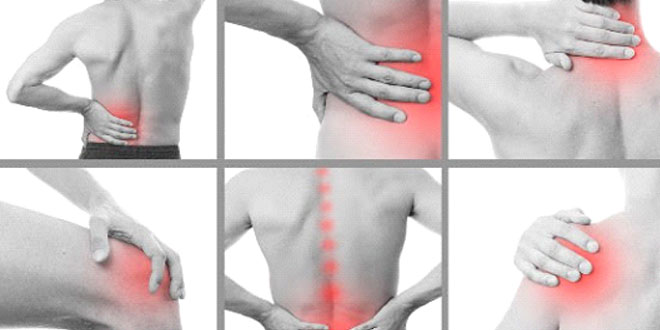
How to Prevent Muscle Soreness after Exercising
Participation in any kind of strenuous physical activity often results in the tightness of muscles, which is the main cause of muscle soreness. When we exercise intensely and try out new workout plans or routines, our muscles are subjected to more stress than they are generally accustomed to and this ends up in the form of an ache in our muscles, during the course of the next 24 to 48 hours. This postponed pain is known as ‘Delayed Onset Muscle Soreness’ or DOMS for short. This is a common side effect of working out and even professionals are victim to it. DOMS can leave you feeling very uncomfortable and it can be quite painful.
Here are some simple ways to relieve you of such pain:
1. Massage the affected area
Massaging the sore muscles, preferably with a little oil, increases the blood flow and helps relax the tightened muscles. This guarantees a speedy recovery. Practicing this technique regularly makes your muscles stronger and thus, lessens the chance of developing soreness on a daily basis.
2. Hydrate yourself
To avoid the tightening of muscles, it is vital to make sure you drink lots of fluids before and after exercising. It is critical to replace all the bodily fluids that you lost during the last session of exercising before starting on another.
3. Getting enough sleep
Most of your body’s muscle growth takes place when you’re asleep. Getting proper rest can help your body recuperate more rapidly and your muscle soreness less intense. Letting your body sleep for ample amounts of time also decreases pain sensitivity in general.
4. Move around
Despite the fact that you may not feel like getting up when you’re in pain, it is necessary to move around a bit and gently try to move your joints. This helps increase your blood flow which eliminates unwanted fluids from your body faster. Furthermore, it is very important to make certain that you are not overworking yourself every day, even if it is okay to try and push yourself every once in a while. It is suggested to give some thought to the exercise that caused the pain and do considerably less, the next time you’re working out. Taking a walk, for instance, is a good way to let your muscles rest while still exercising.
5. Heating or Icing
Soothing the ache with an electric heat pad or perhaps a warm cloth can help relieve the pain as it relaxes the muscles and stiff joints. Heating takes the pressure off of the entire muscle spasm. This technique is particularly useful when dealing with back or neck pain. Icing helps numb the pain which brings us instant relief. Applying a pack of frozen vegetables, for example, will help the tightened, swollen muscles to ease up immediately.
Note: It is vital to know that muscle soreness after exercising is nothing serious. It is simply signifying the use of muscles that haven’t been in use for extended periods of time. Soreness may also be a result of rapidly growing muscles. If the pain gets too intense or refuses to subside after 3, 4 days, a doctor may be consulted.

